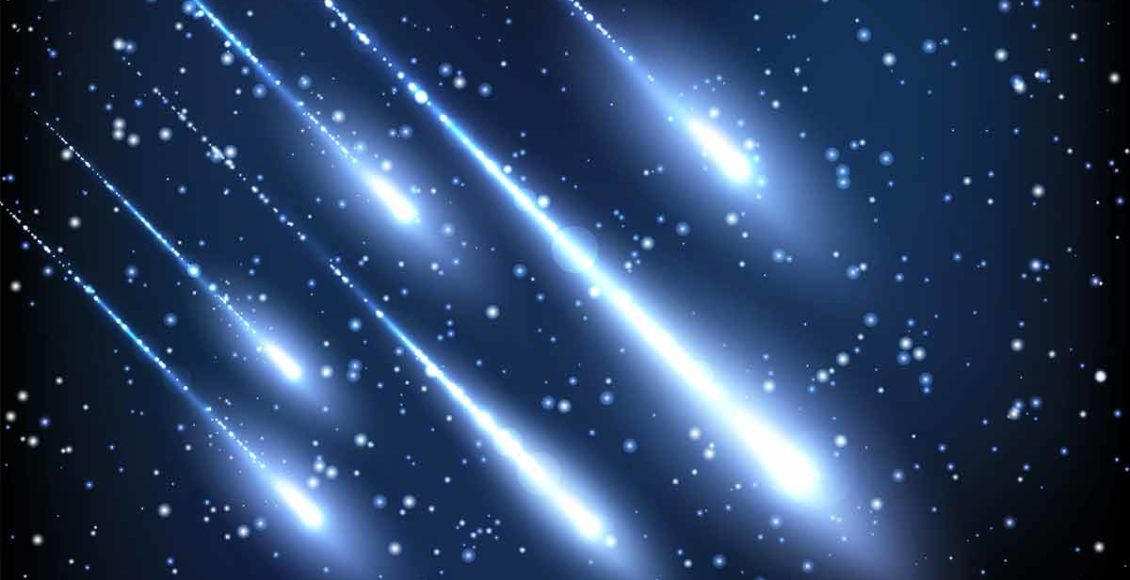As human beings, we have an insatiable thirst for beauty and awe, and thankfully, the universe never fails to provide.
Earlier in April, the pink supermoon warmed the hearts and minds of many people around the world. And this week, the Lyrid meteor shower will reach its peak on Tuesday night right into Wednesday morning.
The magical view will be visible from April 16-30.
Tuesday night will be clearest because the moon will be in its waning crescent phase and will not over-illuminate the night sky with light, NASA meteor expert Bill Cooke shared with Space.com
He noted that, as with the majority of meteor showers, the best time to gaze up will be before dawn on Wednesday. However, the Lyrids will start being visible at around 10:30 pm on Tuesday. You won’t need any kind of special gear to view the showers, other than your eyes.
Cooke added that averagely the shower contains 15-20 meteors per one hour.
In 2020, people can expect to witness around 10 per hour. Previous years have produced as many as 100 meteors per hour, also known as outbursts.
Don't forget the Lyrid #meteorshower starts tonight through April 26th! ☄️
Peak is on the 21st and 22nd, 18 meteors/hour. pic.twitter.com/mUmAqS2qnm
— latest in space (@latestinspace) April 17, 2020
The Lyrids are one of the oldest known meteor showers, with reports going back to 687 B.C.
According to information provided by EarthSky.org, the Lyrid event is named after the constellation from which it comes, Lyra the Harp, close to the brilliant star Vega in the North. The Lyrids are small parts of the Comet Thatcher that rain down when our planet crosses the comet’s orbit in the second half of April. The pieces entering our atmosphere come down with a speed of almost 110,000 miles an hour.
When the debris burns in the atmosphere, it creates the tails of light that we see, sometimes referred to as shooting stars.
Comet Thatcher circles around the sun every 415 years. The last time it happened was in 1861, so, unfortunately, there are no photos of the event. The next one should occur in 2276.
According to Earthsky.org, the shower should be viewed between midnight and dawn, and in a dark country sky away from light pollution for best results.
Cooke told Space.com that the Lyrids are at average brightness, not as luminous as the Perseis meteor showers that come in August.
He added that while the Lyrids do rain down fast, the Leonid showers that can be best seen in November, are faster.
“The Leonids hit us head-on,” Cooke said. “The Lyrids are more like hitting the left front fender.”
Will you be watching this wonder of nature? Let us know by joining the conversation in the comments and please share this article to spread the awesome news with your friends and family.



